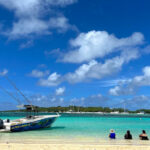(TAN): Travel publication Lonely Planet has released its latest list of the best destinations to travel around the globe with the historic city of Petra in Jordan ranked one.
The travel list comes in the form of a book, named ‘Ultimate Travel List’ is a compilation of the 500 destinations in the world. The longlist of the destinations was compiled from Lonely Planet guidebook highlights, before being made into a shortlist.
Readers and experts were then asked to vote on their top 20 travel experiences to create a definitive ranking. Entries were also given extra points if their sustainability credentials stacked up, while points were deducted for destinations known to suffer from over-tourism.
“We changed the way we calculated the list,” Gulf Today quoted Lonely Planet’s VP of publishing, Piers Pickard as saying. “For this edition we rewarded extra points to sights that are managing tourism sustainably.”
Pickard believes that after seven months of staying at home, now it is the perfect time to start thinking about where and how to travel once normality returns. Here are the top 10 travel destinations from Lonely Planet’s Ultimate Travel List.
10. Annapurna Circuit, Nepal
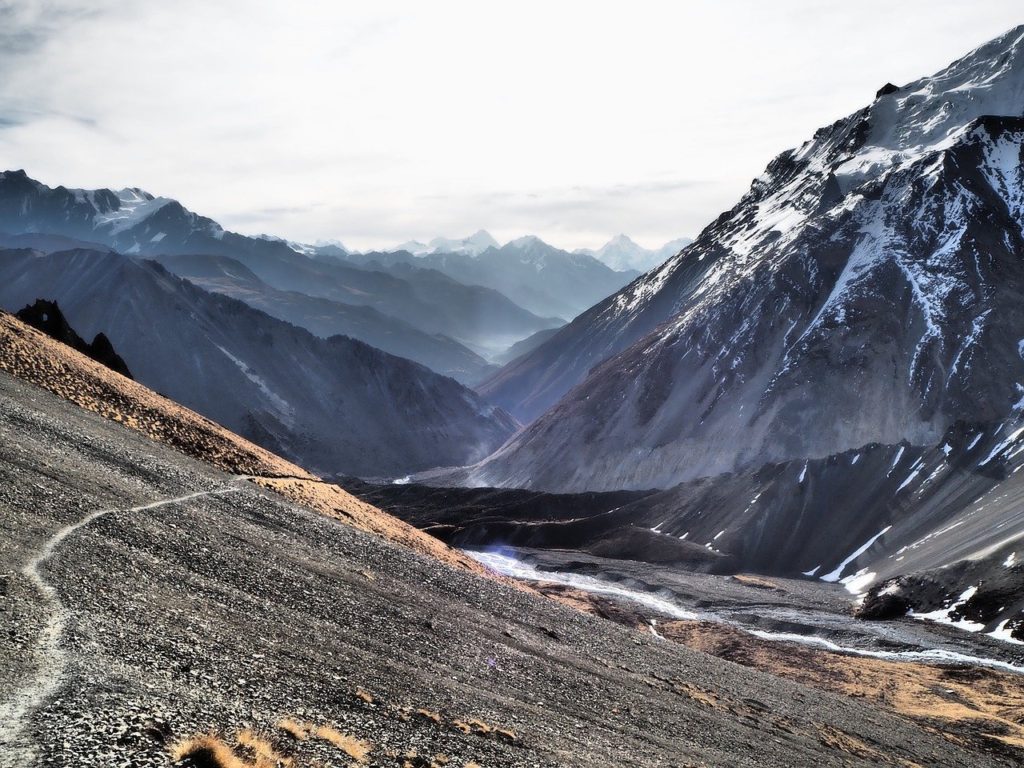
The incredible walk around Nepal’s Annapurna massif has long been considered one of the world’s great treks. The scenery is mesmerising and the sense of journey is psychologically satisfying, starting in rice paddies and climbing through yak pastures before crossing the mighty snow-bound Thorung La pass. It’s everything a good trek should be – challenging, majestic and inspirational.
9. Salar de Uyuni, Bolivia
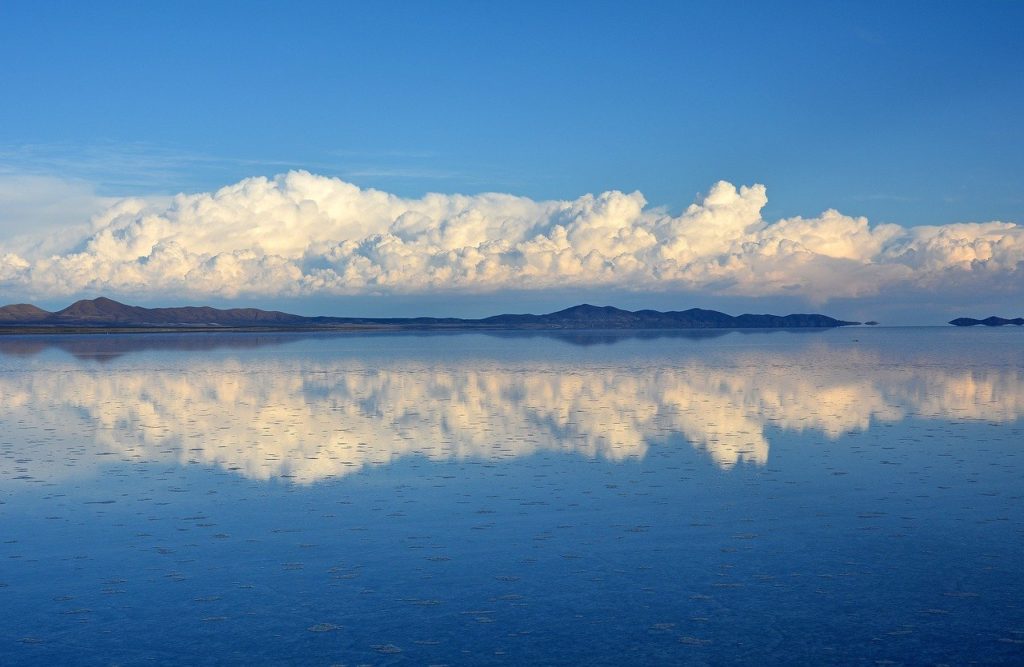
Clouds above and below you… and blue all around. That’s what it’s like at Salar de Uyuni, the world’s biggest salt lake, after rain. The thin layer of water turns the utterly flat salt surface into a vast mirror. The horizon disappears and you seem to float. When the lake is dry, the white cracked immensity feels like a desolate, sun-scorched post-apocalyptic landscape.
8. Temples of Angkor, Cambodia
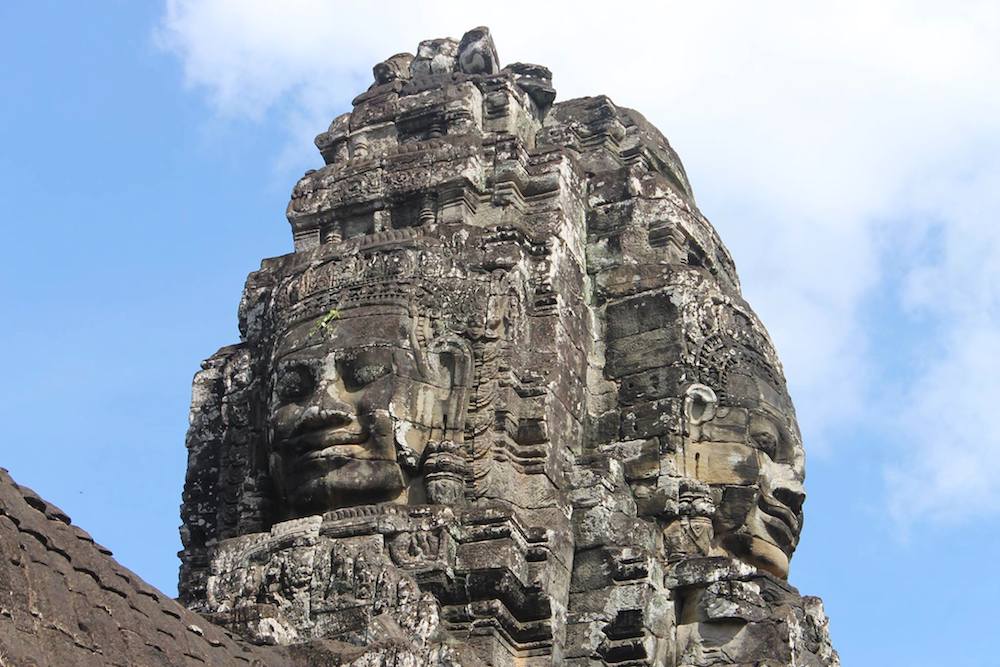
Angkor Wat, the most famous of Angkor’s sites, is a representation of Mt Meru, center of the universe and abode of Hindu gods. Beyond Angkor Wat are more than 1,000 temples and shrines, including Ta Prohm, its towers gripped by the jungle, and Bayon with its giant stone faces. The temples are the perfect fusion of creative ambition and spiritual devotion.
7. Iguazú Falls, Argentina/Brazil

Marking the boundary between Argentina and Brazil, the Río Iguazú flows languidly through the jungle before plunging over a basalt ledge with enormous force resulting in one of the planet’s most awe-inspiring waterfalls.
6. Lake Bled, Slovenia
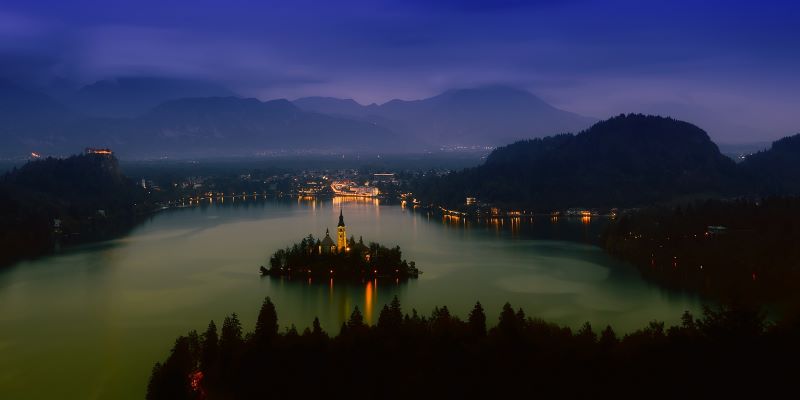
This blue-green body of water with a white church on a green island, abutted by a terracotta-roofed castle and backed by snow-daubed Julian Alps, is Slovenia’s main crowd-puller. The lake measures just 1.2 by 0.9 miles. So walking or cycling around it is an easy four miles.
5. Yellowstone National Park, USA
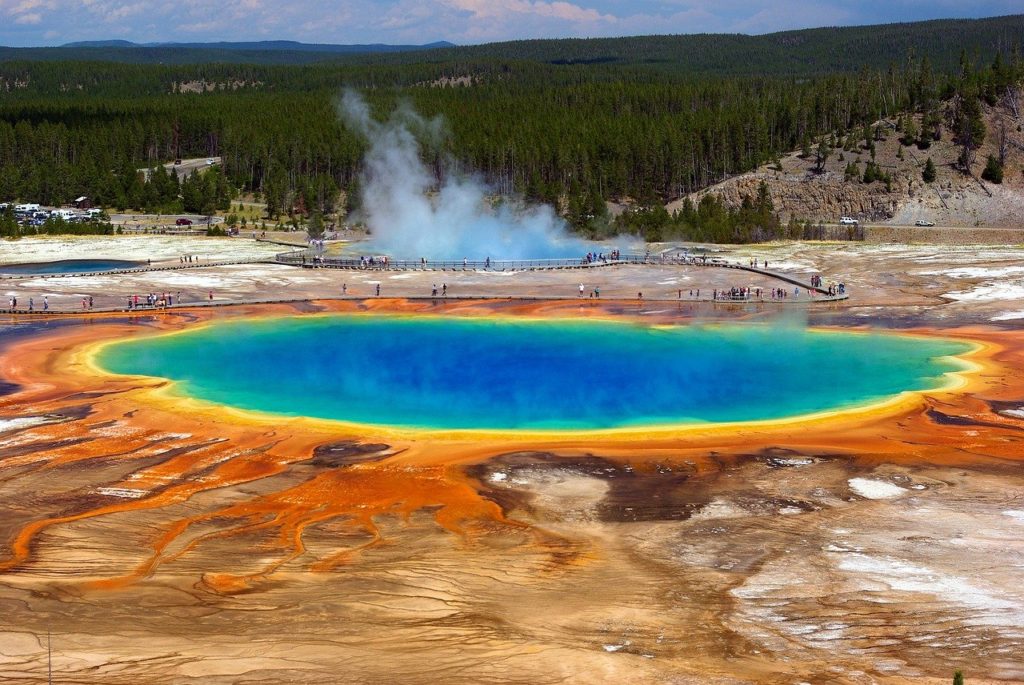
It is the largest geothermal area in the world, with more than 500 active geysers spout in Yellowstone’s enormous, steaming landscape — Old Faithful being the most famous. This national park is also akin to North America’s answer to an African safari. Watching a bison warming up by a thermal pool, catching sight of a grizzly bear across a meadow, or visiting in winter to glimpse wolf prints in the snow — all are quintessential Yellowstone experiences.
4. Okavango Delta, Botswana
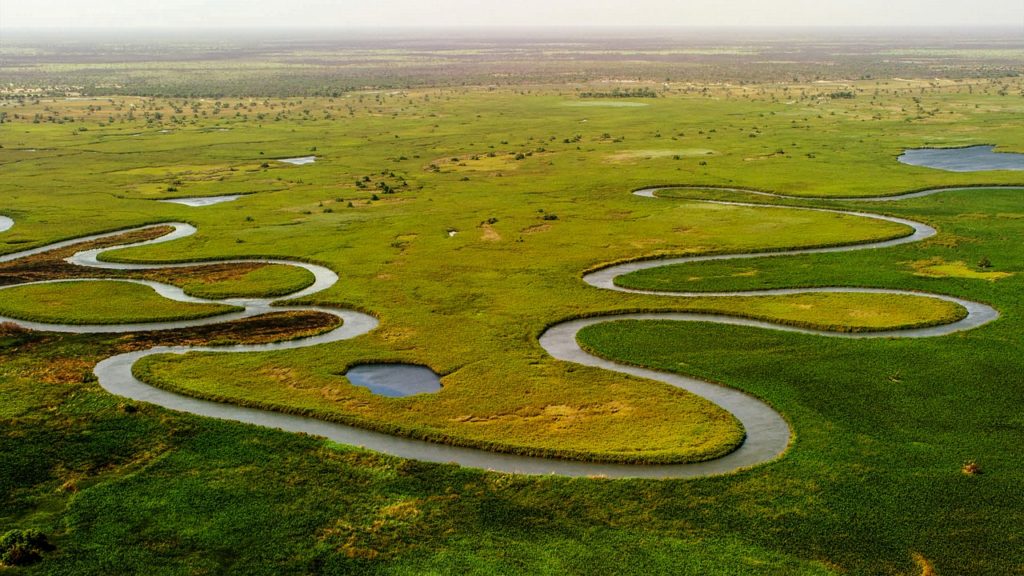
This beautiful wilderness is one of Africa’s most compelling safari destinations. Each year, the floodwaters of the Okavango River arrive from the Angolan highlands and expand this unique ecosystem to almost 7,722 square miles area sustaining wildlife.
3. Uluru-Kata Tjuta National Park, Australia
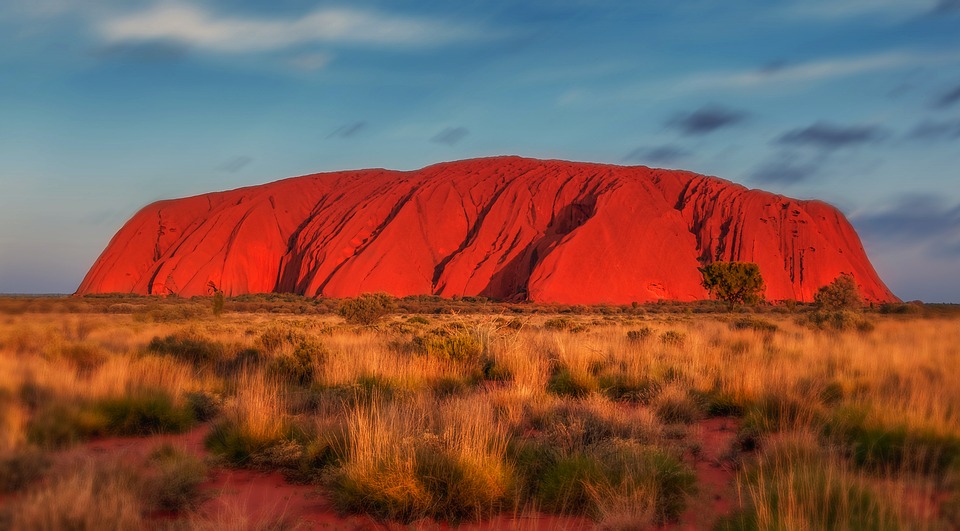
At sunset, Uluru looks like a ship on fire in a desert sea. Rising to 1,142 feet (348 metres), the sandstone monolith is visible from miles away. The Aṉangu people, the area’s original inhabitants, believe it’s still home to spirit ancestors like the python woman Kuniya and the hare-wallaby people, the Mala. But it’s become an icon to all Australians, a symbolic heart beating in the country’s Red Centre.
2. The Galápagos Islands, Ecuador

A thousand kilometres from mainland South America, the group of volcanic islands distributed on either side of the equator, are famed as the place where Charles Darwin developed his ideas on evolution by natural selection. The process is more obvious here than elsewhere on Earth, since animals that otherwise look alike diverge subtly from island to island, depending on their environment. You will find blue-footed boobies performing mating dances, colonies of iguanas, penguins zooming underwater, and fur seals lounging on volcanic rocks. Ecotourism is central to everything on the 17 islands of the Galápagos National Park. The airport is made from mostly recycled materials and runs on wind and solar power.
1. The ancient city of Petra, Jordan
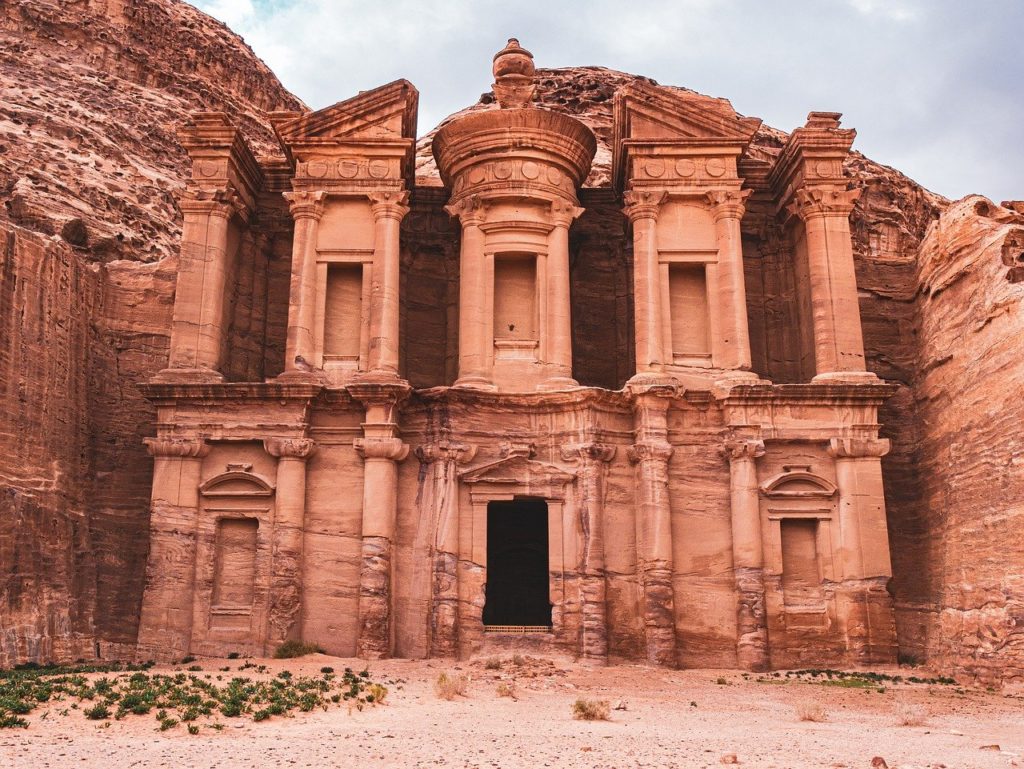
Spread over some 102 square miles (264 square kilometres), Petra was voted as one of the New Seven Wonders of the World by popular ballot in 2007. Petra was constructed by the ancient Nabataeans, a civilisation of crafters and merchants, and made for a grand trade route stop-off between Arabian oases. But generations later, after the city was abandoned, it was known only to the Bedouin who made the caves their home. The iconic Treasury, standing tall at 128 feet (39 metres), is usually visitors’ first glimpse of the city, reached after a strenuous journey through a narrow canyon. This destination was the ranked one in the travel list.



